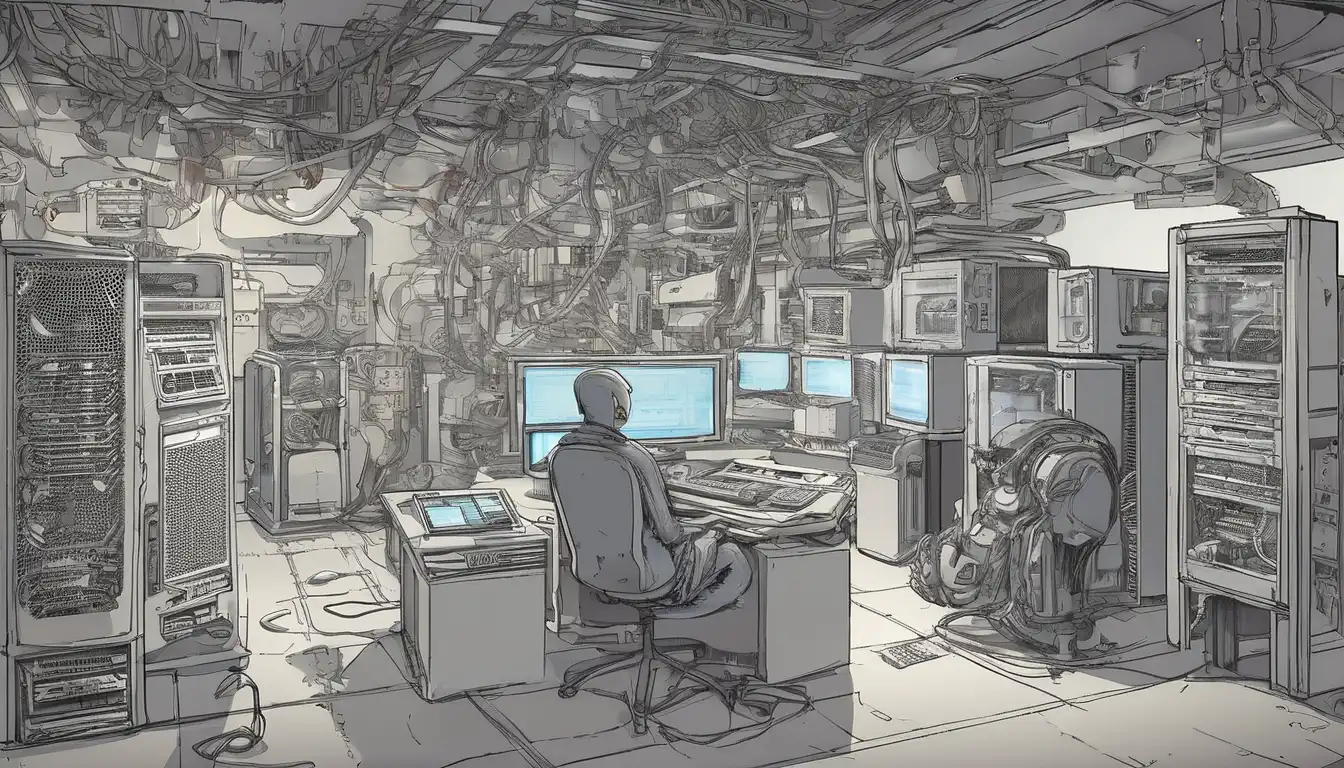Introduction to Computer Component Selection
Building your own computer can be an incredibly rewarding experience, but choosing the right components is crucial for optimal performance and value. Whether you're assembling a gaming rig, workstation, or everyday computer, understanding how to select compatible and appropriate parts will save you time, money, and frustration. This comprehensive guide walks you through the essential considerations for each major component.
Understanding Your Needs and Budget
Before diving into specific components, establish your primary use case and budget. Are you building a gaming PC, video editing workstation, or general-purpose computer? Your intended use directly impacts which components deserve priority investment. Set a realistic budget that accounts for all necessary parts, including often-overlooked items like case fans and thermal paste.
Performance vs. Cost Considerations
Balance performance requirements with budget constraints. High-end components offer diminishing returns—a component that costs twice as much might only provide 10-20% better performance. Identify your performance thresholds and allocate budget accordingly. For gaming, the graphics card typically deserves the largest investment, while content creation benefits from more RAM and faster processors.
Central Processing Unit (CPU) Selection
The CPU serves as the brain of your computer, handling most computational tasks. When choosing a processor, consider core count, clock speed, and compatibility with your motherboard socket. Intel and AMD offer competitive options across various price points. For gaming, focus on single-core performance, while multitasking and content creation benefit from higher core counts.
CPU Cooler Considerations
Don't overlook CPU cooling solutions. Stock coolers included with processors are adequate for basic use but may struggle under heavy loads. Aftermarket air coolers provide better thermal performance at reasonable prices, while liquid cooling systems offer superior cooling for overclocked systems or compact builds where airflow is limited.
Motherboard Compatibility and Features
The motherboard determines component compatibility and expansion capabilities. Ensure the motherboard socket matches your chosen CPU and supports your desired RAM speed and capacity. Consider future expansion needs—additional PCIe slots, M.2 connectors, and USB ports can extend your system's lifespan. Quality VRMs (Voltage Regulator Modules) ensure stable power delivery, especially important for overclocking.
Graphics Card (GPU) Selection
For gaming and graphics-intensive applications, the GPU is arguably the most important component. Match your graphics card to your monitor's resolution and refresh rate. High-resolution gaming (1440p or 4K) requires more powerful GPUs than 1080p gaming. Consider VRAM capacity—8GB is typically sufficient for 1440p gaming, while 4K and professional applications may benefit from 12GB or more.
Integrated vs. Dedicated Graphics
Some CPUs include integrated graphics, eliminating the need for a separate GPU for basic computing tasks. However, dedicated graphics cards deliver significantly better performance for gaming, video editing, and 3D rendering. If your workload doesn't require intensive graphics processing, you might allocate that portion of your budget to other components.
Memory (RAM) Requirements
System memory affects multitasking capability and application performance. For most users, 16GB of RAM provides a good balance of performance and value. Content creators, programmers, and heavy multitaskers may benefit from 32GB or more. Pay attention to RAM speed (MHz) and timings, as these impact performance, particularly with AMD processors.
Storage Solutions: SSDs vs. HDDs
Modern builds should prioritize solid-state drives (SSDs) for operating system and application storage due to their significantly faster read/write speeds compared to traditional hard disk drives (HDDs). NVMe M.2 SSDs offer the fastest performance, while SATA SSDs provide excellent value. Consider a combination approach: SSD for your operating system and frequently used applications, with a larger HDD for mass storage of files and games.
Power Supply Unit (PSU) Considerations
The power supply is the foundation of system stability. Choose a PSU with adequate wattage for your components, plus some headroom for future upgrades. Quality matters more than maximum wattage—look for units with 80 Plus Bronze certification or higher from reputable brands. Modular PSUs simplify cable management, improving airflow and aesthetics.
Case Selection and Cooling
Your case choice affects thermals, noise levels, and build experience. Consider case size (ATX, micro-ATX, mini-ITX) relative to your motherboard and component sizes. Ensure adequate airflow with proper fan placement and dust filtration. Cable management features, tool-less design, and front-panel connectivity are practical considerations that enhance the building experience.
Thermal Management Strategy
Proper cooling extends component lifespan and maintains performance. Plan your airflow path—typically front-to-back or bottom-to-top. Include sufficient case fans, balancing intake and exhaust. For high-performance systems, consider additional cooling solutions like all-in-one liquid coolers or aftermarket GPU coolers.
Peripherals and Additional Components
Don't forget essential peripherals and additional components that complete your build. A quality monitor matching your GPU's capabilities, comfortable keyboard and mouse, and adequate audio solution enhance the overall experience. Consider add-in cards for specific needs like Wi-Fi, Bluetooth, or additional USB ports if not included on your motherboard.
Compatibility Checking and Building Tips
Before purchasing, use online compatibility tools or manually verify that all components work together. Check physical dimensions—ensure your GPU fits your case and CPU cooler clears your RAM modules. Read reviews and benchmarks for real-world performance data. When building, follow anti-static precautions and consult your motherboard manual for proper connector placement.
Future-Proofing and Upgrade Path
Consider future upgrade possibilities when selecting components. Choose a motherboard with extra RAM slots and PCIe lanes for expansion. Select a case with room for additional storage drives and cooling solutions. While you can't future-proof completely, strategic component choices can extend your system's relevance and reduce the need for complete rebuilds.
Conclusion: Building Your Perfect System
Selecting computer components requires balancing performance, budget, and compatibility. By understanding your specific needs and carefully researching each component, you can build a system that delivers excellent performance for years to come. Remember that the best build is one that meets your requirements without overspending on unnecessary features. Happy building!
For more detailed information on specific components, check out our guides on building a gaming PC and selecting workstation components. If you're new to computer building, our beginner's guide provides step-by-step instructions for your first build.
